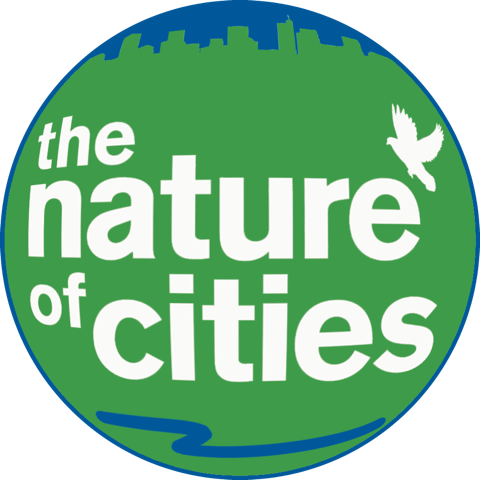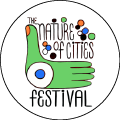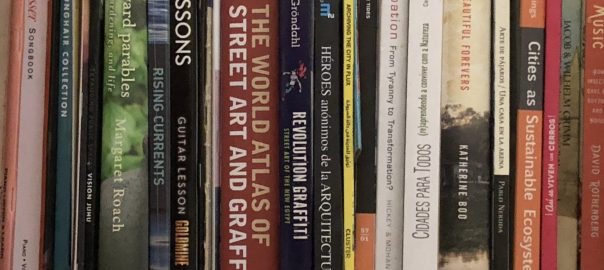26 April 2019
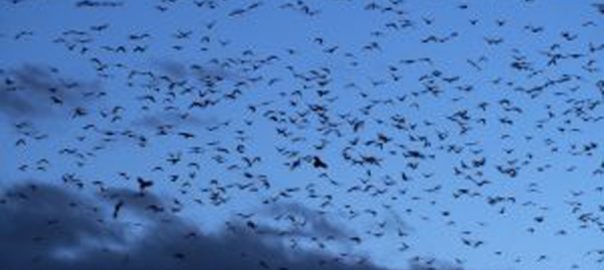
One of Metro Vancouver’s greatest spectacles is its twice daily crow migration that occurs every dawn and dusk, 365 days a year. Whatever your view or choice of description—crow-maggedon, crow stampede, crow-pocalypse—it is an impressive sight. Clans (or murders) of crows from all sections of the coast trickle in, like...
11 Comment(s)Join our Conversation
21 April 2019

At any one moment, trillions of chemical reactions take place in the human body: a myriad of connections, enzymes, and processes that together make up our human metabolism. You might recognise this concept from health and fitness clickbait headlines that promise things like: “10 easy ways to increase your metabolism”;...
4 Comment(s)Join our Conversation
15 April 2019
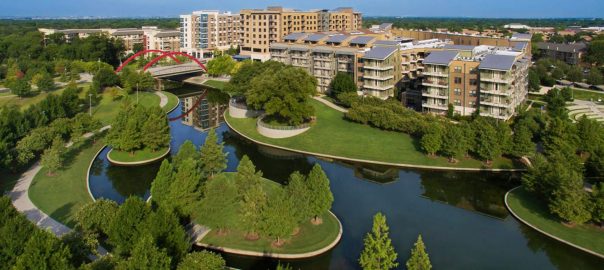
A Brief History of Climate Change Issued in November of 2018 by a collection of 13 government agencies known as the U.S. Global Change Research Program, the environmental assessments of The Fourth National Climate Assessment (NCA4) present a deeply disturbing forecast and polarizing confrontation to most anyone reading the report....
1 Comment(s)Join our Conversation
4 April 2019

A Tiny Food Forest? As in, an edible forest? At school? Driven and designed by a bunch of 4thgraders? Absolutely. This project became a reality thanks to a dedicated team of enthusiastic individuals (children, teachers, directors, policymakers, nature educators, parents, neighbors, designers, and scientists) in the mid-sized town of Ede...
1 Comment(s)Join our Conversation
29 March 2019
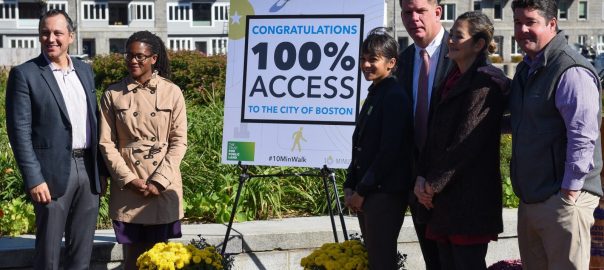
Since the mid-nineteenth century, parks have always been deeply intertwined in the modern identities of cities. In the U.S., Central Park is less a feature of New York than it is a key component of its essential character, much as Prospect Park once similarly defined the emerging city of Brooklyn,...
3 Comment(s)Join our Conversation
24 March 2019
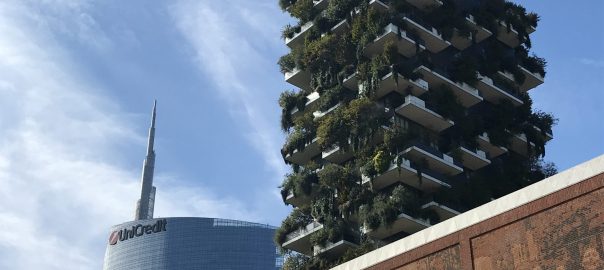
In 1883, a rooftop garden theatre opened in New York City. The idea was to escape the city summer heat, whilst enjoying some evening entertainment, without actually leaving NYC. A decade later, the New York Times announced that, “New York is fast becoming a city of roof gardens”. In 1935,...
3 Comment(s)Join our Conversation
17 March 2019
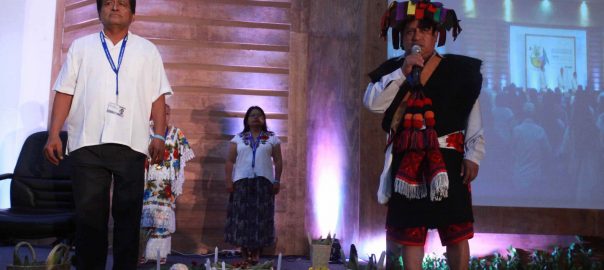
Since I was invited to start writing about biocultural diversity for The Nature of Cities in 2015, there have been a number of developments in both policymaking processes related to biocultural diversity and, recently, to the concept itself. Some of these developments have happened around the Fourteenth Meeting of the...
3 Comment(s)Join our Conversation
10 March 2019
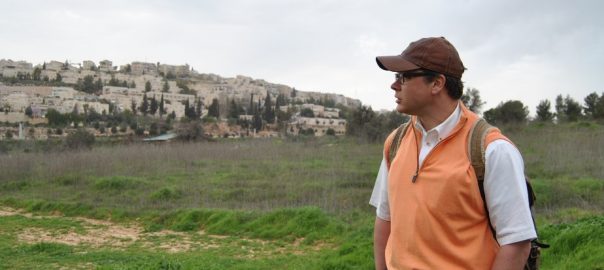
I recently watched the much acclaimed two-hour documentary on the life and accomplishments of Fred Rogers, the beloved host of the popular children’s TV show “Mister Rogers’ Neighborhood”. The film reflected on Rogers’ legacy of kindness and the profound and lasting effect his innovative approach to television had on millions...
3 Comment(s)Join our Conversation
6 March 2019
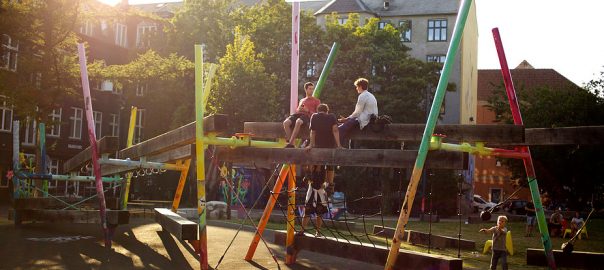
In the last three decades, Copenhagen has shifted from an obscure Nordic capital to a leading global city. It is known for progressive environmental policies, an enviable public transportation and cycling network, and numerous public green spaces, earning it the European Green Capital Award in 2014. Moreover, Denmark is repeatedly...
0 Comment(s)Join our Conversation
28 February 2019
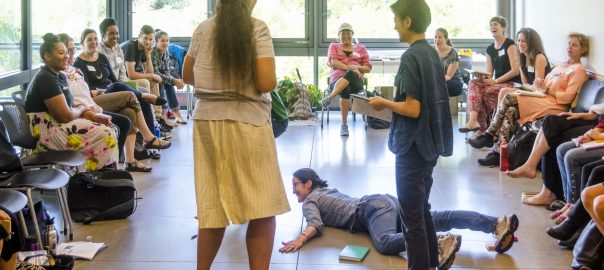
3 Comment(s)
Join our Conversation
27 February 2019
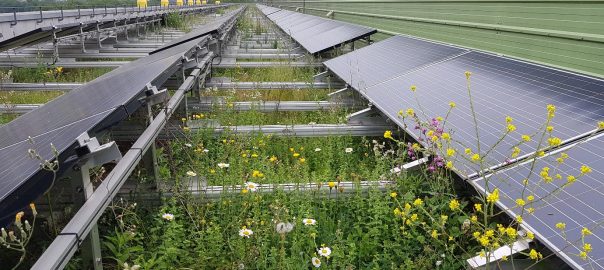
With a new stream of studies adding to evidence revealing disturbing declines in global populations of insects (Hallmann et al. 2018, Lister & Garcia 2018, Sánchez-Bayo and Wyckhuys 2019) and reports of an ecological catastrophe on the scale of a sixth mass extinction, there is an urgent need to do more...
3 Comment(s)Join our Conversation
21 February 2019
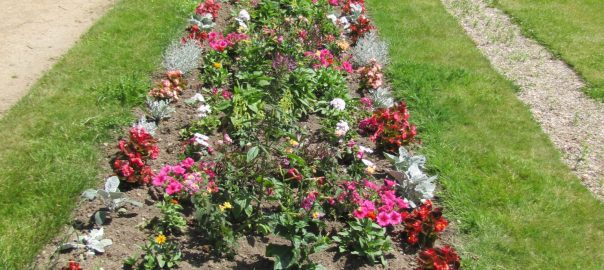
Urban public parks are under constant siege; and the issue is an increasingly global matter. Typically created as public recreation spaces and local community green spaces within cities and towns, urban parks are increasingly impacted by incremental changes to original designs brought on by, for example, overshadowing by tall buildings,...
3 Comment(s)Join our Conversation
10 February 2019
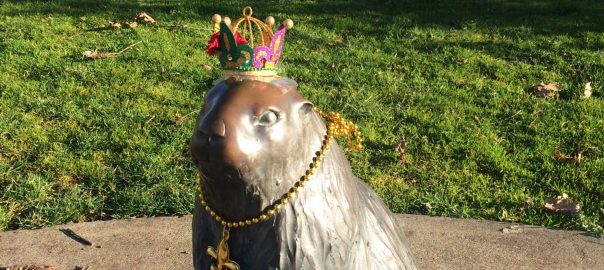
In a previous essay, Size Doesn’t Matter, Really, I made the case that even small scraps of urban green, such as Portland’s one-square-block Tanner Springs Nature Park can provide significant benefits to a community. Located in the city’s intensely developed Pearl District, Tanner Springs provides access to nature to thousands...
1 Comment(s)Join our Conversation
5 February 2019
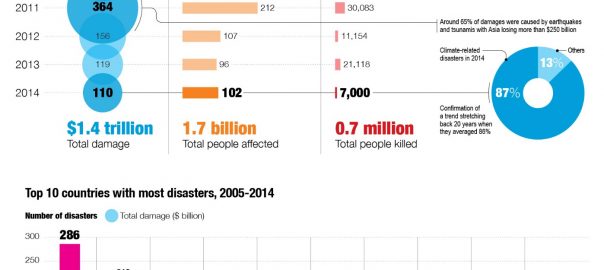
Throughout the world, cities are undergoing significant damage and destruction due to a combination of: (1) natural hazards increasing in severity, frequency and losses due to climate change (Figures 1); and (2) increased exposure, vulnerability and losses due to increasing population and economic concentration due to unplanned rapid urbanization (Figure...
0 Comment(s)Join our Conversation
2 February 2019
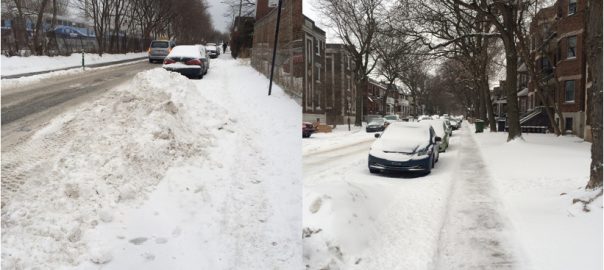
But it was all The Fear of Snow —Leonard Cohen, The Best The city in winter invokes diverse imaginaries—from romantic, beautiful, and magical to cold, dark, dirty, and hazardous. A quick Google search reproduces the first three imaginaries: romantic, beautiful, and magical (Figure 1). Yet winter is often depicted as...
2 Comment(s)Join our Conversation
30 January 2019
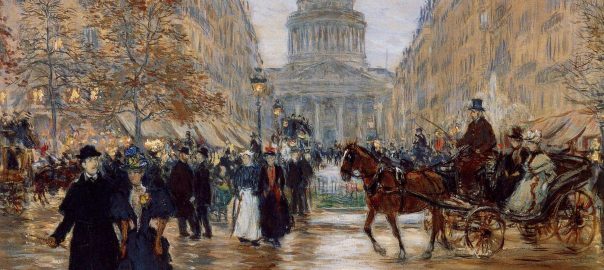
A review of Masterpieces of French Landscape Paintings from the Pushkin State Museum of Fine Arts Moscow, an exhibition at the National Museum of Fine Art in Osaka, Japan. If we learn anything from an exhibition such as “Masterpieces of French Landscape Paintings”, it might be that French landscape painters have...
0 Comment(s)Join our Conversation
28 January 2019
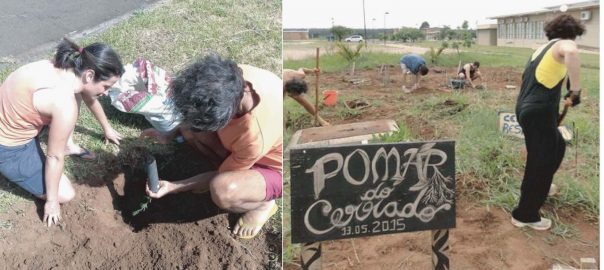
The destruction of Cerrado (Brazilian Savannah), the second largest biome in Brazil after Amazonia, has become the main concern of urban collectives focused on reintroducing elements of this important ecosystem in city landscapes and in the imaginations of city dwellers. In this essay, we look at urban farming for Cerradoregeneration from...
1 Comment(s)Join our Conversation
24 January 2019
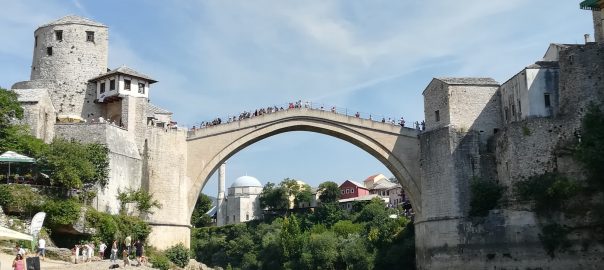
There is a sadness in Bosnia and Herzegovina that will follow me for a long time. Of all the wonders and troubles we have witnessed during our walk through Asia and Europe, the visible signs of this country’s post-war hardships break my heart the most in this multi-year journey. Our...
0 Comment(s)Join our Conversation
18 January 2019
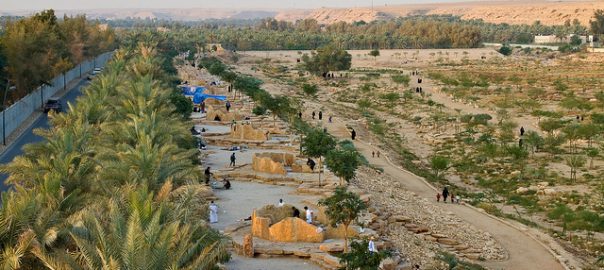
Arid cities around the world Over two years ago, my colleagues and I at Arup began a research project focused on the topic of planning and designing cities in arid environments. We were initially interested in exploring the most relevant practices and innovations for cities in the Middle East, but...
6 Comment(s)Join our Conversation

